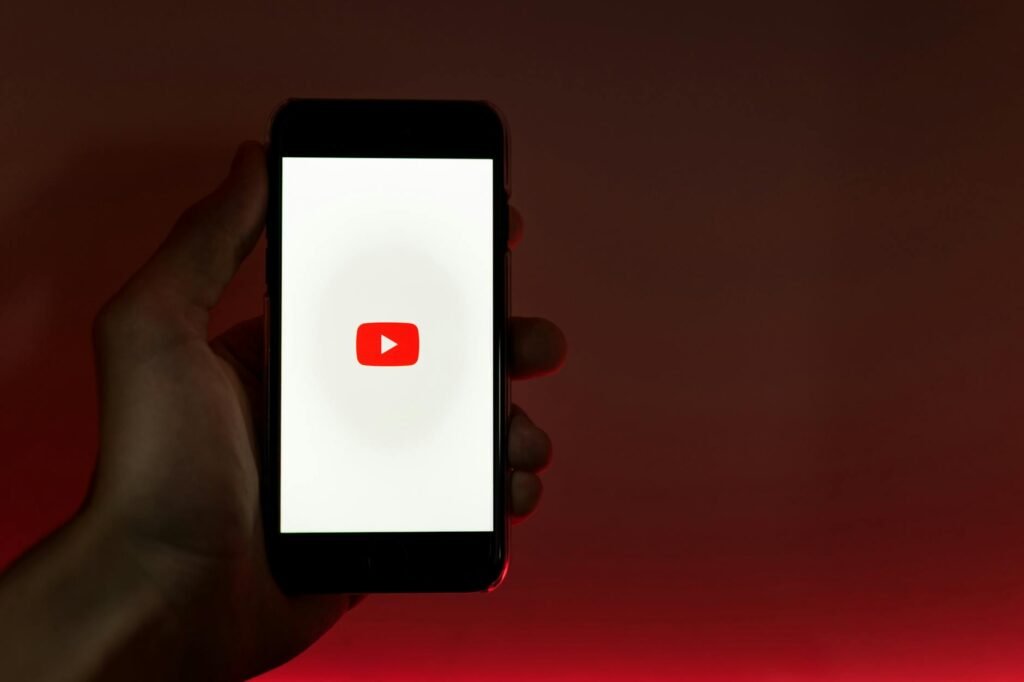In a significant shift in how digital advertising integrates with user experience, YouTube has officially rolled out its “Pause Ads” feature across the platform, aiming to transform how ads are displayed during video content. This feature, which has been in the pilot phase since 2023, allows advertisers to present ads when viewers pause their videos, marking another milestone in YouTube’s continuous innovation in ad technology.
The Concept Behind Pause Ads
Pause Ads appear when a user pauses a video, transforming the paused screen into an advertising space. Instead of a static pause screen, viewers now see their video content in a smaller window with an ad displayed alongside, labeled as “Sponsored.” This setup provides advertisers with a unique opportunity to engage users at a moment when they might be more receptive to ad content, theoretically offering a less interruptive ad experience.
Market Response and Implications
The rollout followed positive feedback from advertisers during the pilot phase, who appreciated the non-linear, non-skippable format which promises higher engagement rates due to its context-sensitive display. For viewers, reactions have been mixed. While some see it as an innovative way to engage with content without the traditional ad breaks, others view it as yet another form of ad intrusion, prompting discussions on the balance between ad monetization and user satisfaction.
Strategic Move for YouTube
YouTube’s introduction of Pause Ads is part of a broader strategy to diversify its revenue streams amidst increasing competition from other platforms and the ongoing challenge of ad-blocking technologies. This move not only aims to increase ad revenue but also subtly nudges users towards considering YouTube Premium, which offers an ad-free viewing experience. The introduction of such features could be seen as YouTube’s response to maintaining viewer engagement and advertiser interest in an ever-evolving digital landscape.
Viewer Experience and the Future of Digital Ads
From a viewer’s perspective, Pause Ads might initially seem like an invasion of the pause sanctuary, where one expects a brief respite from content. However, YouTube’s strategy might be banking on the novelty of this format, hoping it becomes normalized over time. Critics argue this could lead to ad fatigue, where viewers might seek alternatives or opt for paid ad-free services more frequently.
YouTube’s Pause Ads represent a bold step in the evolution of digital advertising, testing how far the boundaries of viewer tolerance can be pushed for the sake of monetization. While this feature might enhance advertiser options and potentially viewer engagement with content in unexpected ways, it also opens up a debate on where to draw the line between innovative advertising and viewer privacy/experience. As this feature becomes more widespread, it will be crucial to observe how it shapes both consumer behavior and the broader digital advertising ecosystem.
